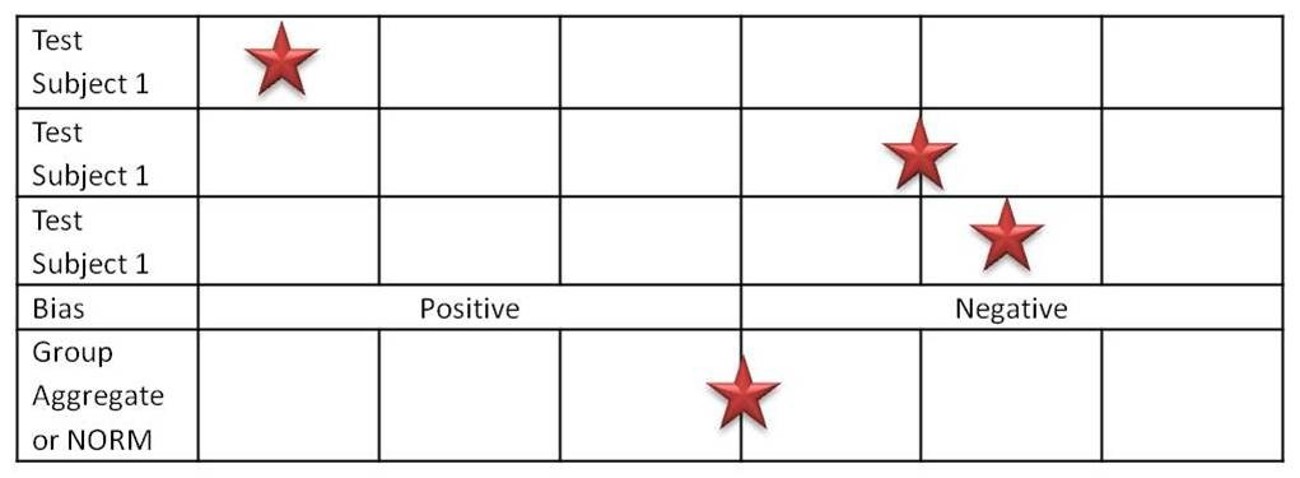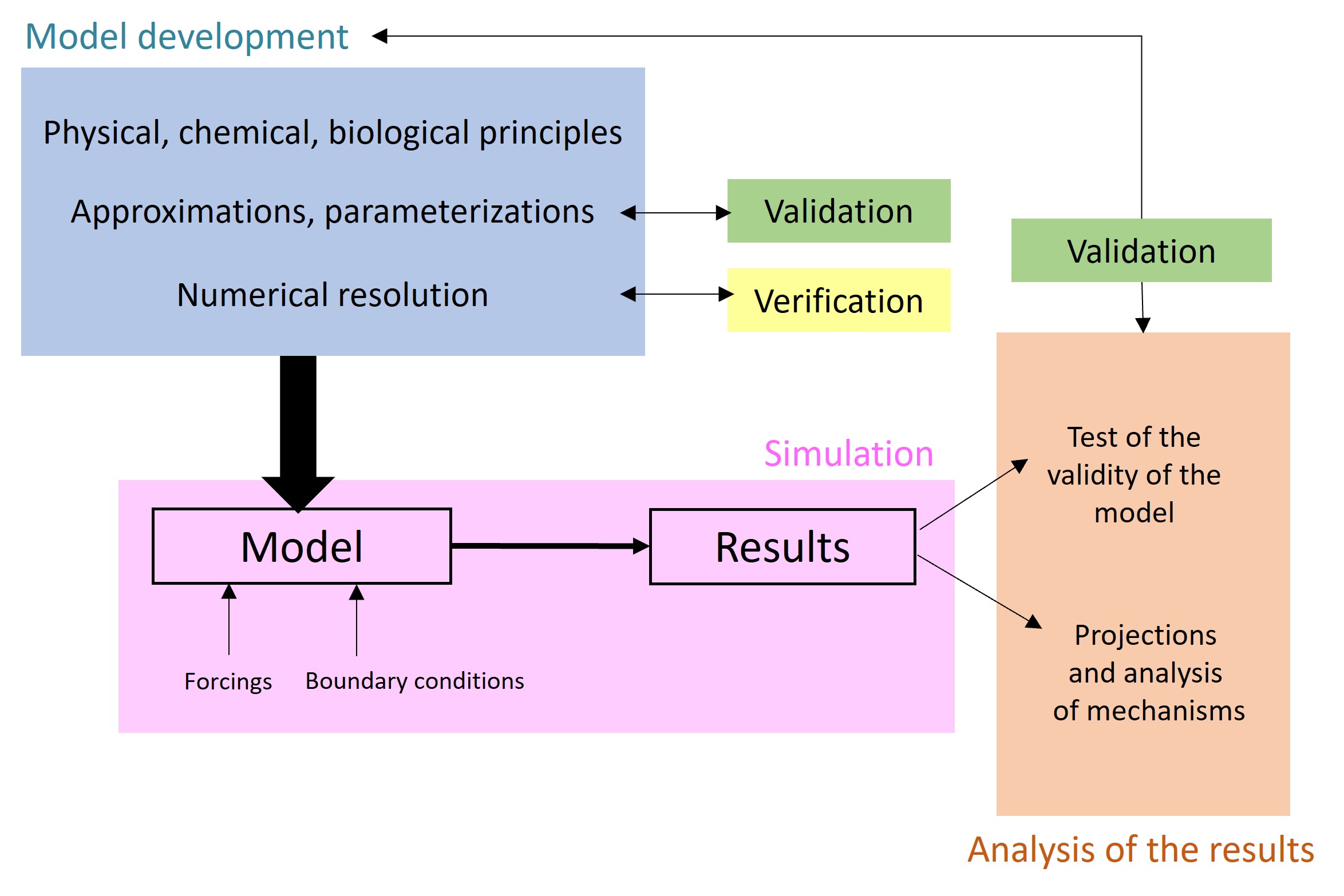![]() The ability to accurately measure cognitive process delivers a rich perspective in human behaviour. To do so ethically and with near-instant results provides human scientists with an unprecedented aid to understanding human capacities in individual, societal and organisational constructs. Axiometrics® techniques enable neuroscientists, psychologists, anthropologists and others to understand ‘why people do what they do’ using deductive rather than inductive methods. Such techniques allow users to get to decision-forming and thinking process data quickly without biases implicit in either self-reporting or observer behaviour and is, consequently, reliable and ungameable. Benefits additionally include more effective interventions allowing practitioners to focus their deep skills on results rather than tests and, accordingly, increasing professional credibility.
The ability to accurately measure cognitive process delivers a rich perspective in human behaviour. To do so ethically and with near-instant results provides human scientists with an unprecedented aid to understanding human capacities in individual, societal and organisational constructs. Axiometrics® techniques enable neuroscientists, psychologists, anthropologists and others to understand ‘why people do what they do’ using deductive rather than inductive methods. Such techniques allow users to get to decision-forming and thinking process data quickly without biases implicit in either self-reporting or observer behaviour and is, consequently, reliable and ungameable. Benefits additionally include more effective interventions allowing practitioners to focus their deep skills on results rather than tests and, accordingly, increasing professional credibility.
Conscious/sub-conscious decisions…
Challenges for observers…
Our decisions and actions involve two elements:
Factual/Tangible aspect, which can be seen and ‘objectively’ measured.
Intangible aspect, which can be felt and known but may not be immediately expressible in reasons, facts, and causes.
Bad decisions are rooted in two elements:
Strengths as decision-makers (Tangible) –
- ability to focus on a situation or problem
- to interpret what is happening
- to come to a conclusion
- to translate the decision into action
Vulnerabilities as decision-makers (Intangible) –
- uniqueness as individuals (and great asset!);
- see the world from our own perspective;
- pay attention to some things and leave others out;
- see in different ways, using different tools;
- often see the same things differently.
There are no units of [psychological] measurement and no true zeros. Whatever psychological measurement is, it is not scientific measurement as defined in natural sciences … If we consider what is meant by intelligence or extraversion, just for example, it is by no means clear what units of measurement might be used or what the true zero may mean. This problem applies to the majority of psychological concepts and variables
Professor Paul Kline, Professor of Psychometrics, Exeter University
The Universal Norm…
‘Norm, a statistical concept in psychometrics representing the aggregate responses of a standardised and representative group is established for a test, against which a subject is compared.’
Inductive methodology:
The inductive methodology is used, generally on small sample groups. As per its description above the standardized norm will be generated by aggregating the responses of a standardised group as follows:

Inductive Reasoning (often known as “bottom-up” approach) =

Axiometric Deductive Methodology:
In the Axiometrics® profile, a single norm is used based on deductive methodology. This norm deduced using formal value theory and Hartman’s transfinite sets, has been tested and verified using tens of thousands of subjects and is retested every 5 years.
Validate and repeat:

Deductive Reasoning (often known as “top-down” approach) =

Validity and Testing…
Four keys to value science:
- Based on objective observations, which are independent of any one subject’s perspective.
- Based on a mathematical measuring system.
- Universally applicable.
- Subject to empirical testing to confirm the observations.
Standard statistical validation consists of three types of validation studies: construct, concurrent, and criterion validity. Construct validity determines whether the profile measures what it is supposed to measure. Concurrent validity is obtained by correlating an instrument to other industry-accepted instruments. Criterion studies demonstrate that the instrument can be used as a valid predictive measure within a specific application or discipline.
Confirmation studies in all three of the major areas of validation have been conducted, both internally and externally. In addition, internal and external studies have been conducted to confirm that The Hartman Value Profile and its results are reliable and do not discriminate either by age, race, or sex and meets all the criteria laid down by the EEOC (Equal Employment and Opportunities Commission). It also:-
- makes no attempt to classify or categorise individuals
- has 6.4 quadrillion different possible outcomes
- is repeatable, showing “distance travelled” or the impact of development interventions on thinking, and, therefore, potential performance
- is able to predict future performance based on current attributes



0 Comments